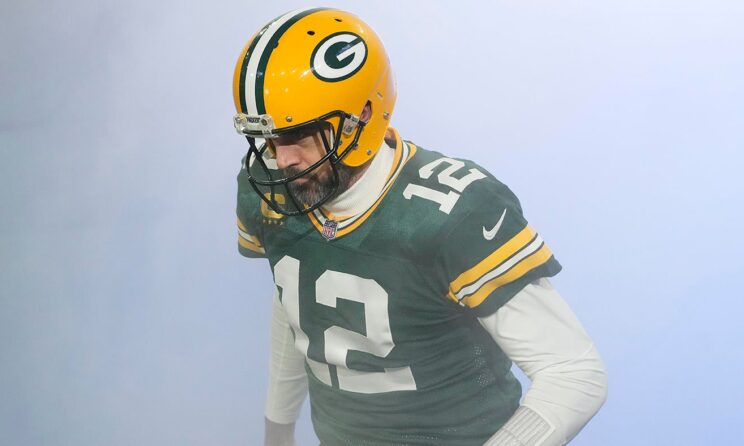
An offseason roster purge is an annual occurrence in the NFL. Players are often released when salaries aren’t deemed to match production.
Trades can occur for a variety of reasons. Sometimes, a Pro Bowl-caliber player wants a change of scenery. A new regime might look to move high-priced veterans who aren’t a good scheme fit.
A majority of the time when a player is traded, released or retires, there is a residual salary cap charge. This cap charge for a player who is no longer on a team’s roster is commonly referred to as dead money. It exists because the remaining proration of the salary components that are treated like signing bonus immediately accelerate into his team’s current salary cap with a trade, release or retirement. Dead money is typically a sunk cost where money isn’t owed to a player. Only if there are salary guarantees when a player is released will there be a payment associated with dead money.
There are two major exceptions to this general rule of bonus proration accelerating:
1. Only the current year’s proration counts toward the salary cap with transactions occurring after June 1. The bonus proration in future contract years is delayed until the next league year beginning in the following March.
2. A team can also release two players each league year prior to June 1 (known as a post-June 1 designation) that will be treated under the cap as if they were released after June 1. With a post-June 1 designation, a team is required to carry the player’s full cap number until June 2 even though he is no longer a part of the roster. The player’s salary comes off the books at that time unless it is guaranteed.
Here’s a look at 15 noteworthy players who could be in different uniforms next season because of a trade or as salary cap casualties.
…..






